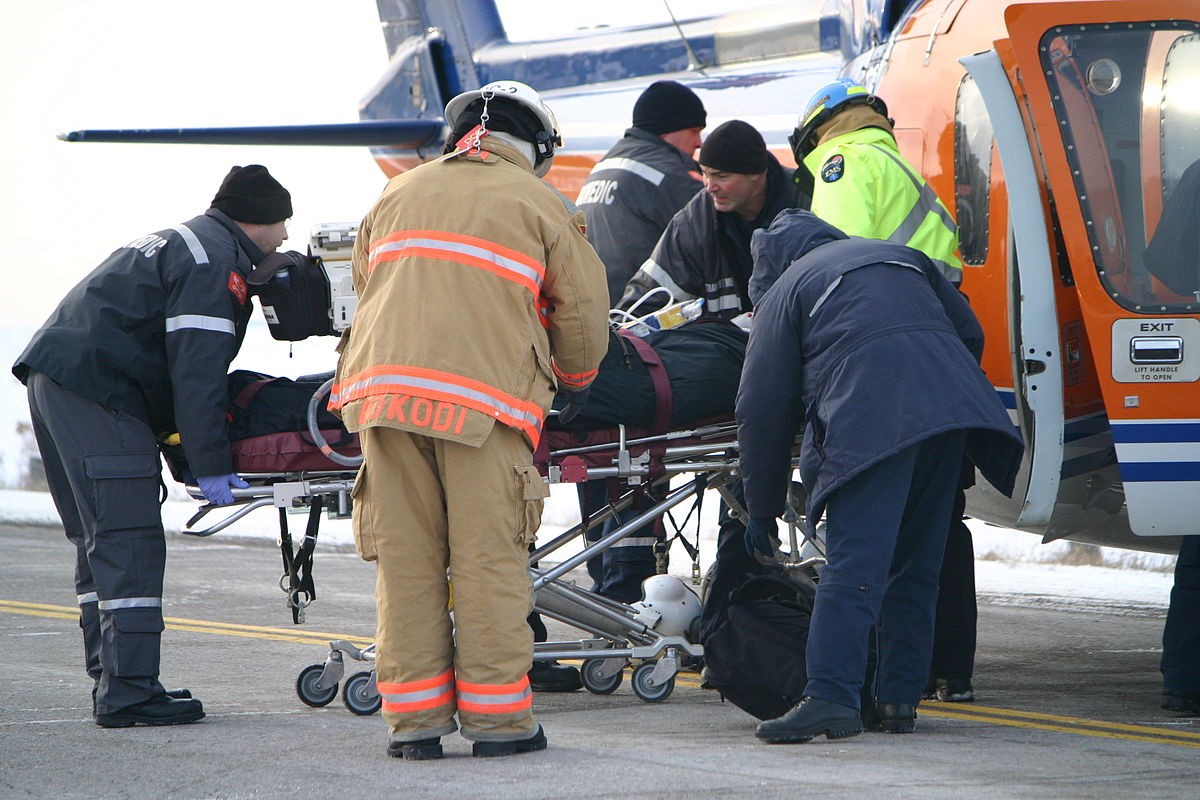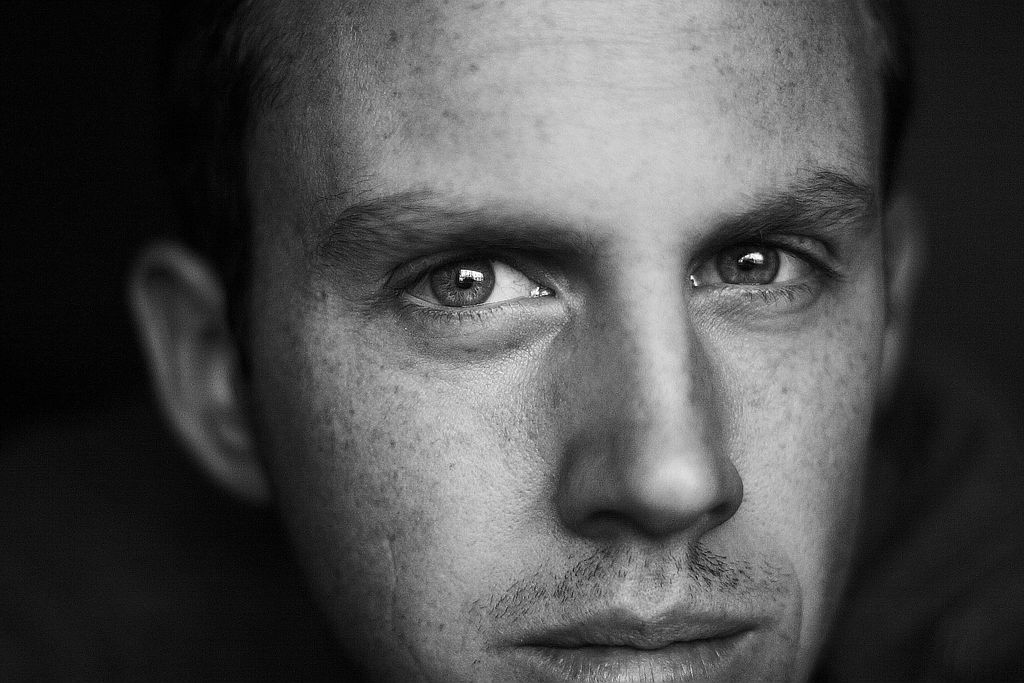How many times have you been told that life is short and that, at any time, it can be just taken from you and that you should live every day like it’s it your last? Like you, I’ve heard these platitudes throughout my life and probably like you, it never really had an affect on me.
Besides the death of my grandparents at a young age, death and severe illness never visited my family or my close group of friends. I had a very privileged childhood and assumed that life was as benevolent for other people as it was for mine.
That changed dramatically one summer when I volunteered to be an Israeli EMT. After 2 weeks of intensive training, I was stationed in a suburb of Tel Aviv called Kfar Saba. It was here that I spent the next 3 months as a paramedic and had my near perfect view on life turned on its head. The majority of cases were pretty minor and non-lethal, but there were a few incidents that etched in my memory and even 6 years later are as clear as it happened yesterday.
In my first week, we got called to a retirement home where an elderly woman needed urgent care. By the time we arrived, she had no pulse or heartbeat. It was the first time I had seen a dead person and I was immediately tasked to perform CPR. As I compressed her chest and used a pump to blow air down her mouth, I was simultaneously fully immersed in what I was doing while having a very out of body experience. This sudden change in my reality, of seeing death so close, was so novel that my brain was having difficulty playing catch up and trying to make sense of what my eyes were seeing. After a few minutes, the chief told me to stop and we marked the woman as deceased. As we exited and passed the lobby, I saw in the eyes of all the rest of the elderly occupants a look that conveyed a feeling of understanding and anxiousness as they knew a similar fate for them was not far off.
A few weeks later, we were called to an apartment by a 12 year old girl whose father was having a stroke. This was my first stroke case and although we had studied the possible effects, I was not prepared for the emotional difficulty of what I saw. While the man was physically fine by the time we got there, he had no recollection of where he was or who his daughter was. The terror his daughter experienced as her dad looked at her without a flicker of recognition was something that no child should go through and it cemented in me that mental disabilities, while concealed, can be just as destructive as physical injuries.
Another situation involved a motorcycle accident. We arrived at the scene where a motorcyclist had somehow flipped from the highway onto the medium and I immediately knew that this was the most challenging case yet. As we got him in the ambulance and transported him to the ER, we discovered he had a broken spine and collarbone, unconscious with a concussion, internal bleeding, and severe hemorrhaging from his legs. There was blood everywhere and as our ambulance twisted and turned along the road, I knew our actions in the next 5 minutes would determine if he was going to live or die. When we arrived at the hospital and the doctors started performing on him, I was setting all of his personal belongings by his table and his phone began to ring. It was his wife and she had no idea where he was or what was going on. My supervisor talked to her and I couldn’t imagine what was going through her mind. We left before knowing the outcome of the patient and I truly hope he made it and was reunited with his wife, but seeing the damage that was done and the internal bleeding, I knew the likelihood of it was pretty slim. It was then I realized that a person’s injury or death has dramatic consequences, not only for them, but for anyone connected to them.
The last case started off as menial as they come. Transporting a patient from one hospital to another in the middle of the night. Our patient was an unconscious young girl around 10 years old, and strangely, her parents joined us in the ambulance. I asked my chief why her parents were riding along and what was wrong with the girl. He replied that she had a very rare brain tumor and that she wasn’t going to last the next few days. As I sat in the back of the ambulance with the parents, I saw the sunken look on their faces and asked myself how this could happen to such a young girl. After dropping her off at the children’s hospital, I walked around the unit and saw countless infants and children hooked up to medical equipment that were keeping them alive and thought to myself how lucky my life had been up to then.
I was 18 years old when I volunteered as a medic and although these cases and many more left deep memories, they imparted such a driving force throughout my life that, until recently, I had not attributed it to my time as an EMT. My life since then has been filled with countless different jobs, living in different cities, and attempting to live life to the fullest. Because it’s not until you stare into the face of death do you realize the value of life.
Have you stared death in the face? Please share your experiences in the comments section below.
Image Credit: “Medical evacuation after car accident Kawartha Lakes Ontario” by Jason Bain – Ski Hill Rd. Crash. Uploaded by Skeezix1000. Licensed under CC BY 2.0 via Wikimedia Commons.






I came “face to face” with death a few times when I was stationed in The Triangle of Death, Iraq for 15 months, back when I did Infantry Air-Assault for the Army.
…and on some of those missions we lost some of our best guys.
When staring death in the face, I discovered that my 1st reaction was standing on trial with my “Fight or Flight” reaction. It is challenging to describe – but I suppose that you could call it an overwhelming “Moment of Truth” (times a million). A moment where you discover what really matters to you.
In that moment, I found that the only logic that would help me to do what I had to do was to search my heart for my deepest reasons to push forward and continue doing what I had to do (in spite of overwhelming fear).
The way that my life-coach phrases it is “Reasons come 1st – & ‘Answers’ come after a compelling enough reason to take action and continue following through.”
God bless.
Hello Yoni,
Well done you for surviving going from one extreme to the other and doing the best you can whilst doing so.
Most young men I know are focusing on: finding girls, drinking as much as they can and encouraging their football team.
It strikes me that you and Alan had to grow up fast and learn lessons many of us try to avoid.
Both of you can probably teach me more than I can teach you but I pass on one meditation that has stood me in good stead: every day remind yourself that one day you are going to die. That is one of our certainties. And it could be today. Having accepted what is normally considered an unpleasant fact, then you are free to make the best of the rest of the day and live it like your last. Of course, in reality as everything about us is in a process of continual change, we enjoy little mini births and deaths every minute.
Anyway, thank you for sharing and please accept my best regards for you to have a life of rich experience (and with some laughs!)
at the age of 19 (I am now 37) both of my best friends died, in separate car accidents, 10 months apart from each other. We were a group of 5 best girls, who had become friends across 2 high school. It was now our Sophomore year in college. When one of your best friends dies, you and your friends begin to talk about and discuss topics you never imagined. For instance, none of us really cared for the funeral of the first friend: it was open casket and we didnt like her make up, we didn’t think she would have chosen the music playing overhead and none of us, or any of her friends, were give the opportunity to talk and share about her. So, we all discussed what we would want at our own funeral. SO, when Margaret died, 10 months later, we already knew she wanted yellow roses. We knew she wanted Sarah McLaughlin playing…. and we knew she wanted us to do her make up with the Mortician to make sure he covered up the birthmark on her lip that she covered with chapstick and lip gloss every day. So, we did. We signed forms about being exposed to formaldehyde and there we were, with her dead, hard body … and the mortician. There was 3 of us, as friends, with our dead friend, fulfilling her dying wishes that we eerily already knew. I was fine, emotionally, until I saw the photo her Mom has provided to use as a guide for her make up, etc. It was a picture of me & her. That is when it became real. That is when I had to step outside to catch my breath. But even being so close to her in death, to this day, I still know and believe it was only her body, not her spirit and soul. Within 10 years of their deaths I crossed paths with an incredible Spiritual Medium and was not only able to speak to them and confirm their well “being” — but I got real, solid advice from Margaret that literally played a role in my decision making, for the better. I believe death is a part of life, just as life is a part of death. I believe when people die, their spirits live on and the body, their shell, returns to the earth. Margaret was buried with the bracelet I gave her and I took with me one of hers she always wore. I still have it. It broke in half because I wore it so long, but I still have the two pieces of sterling silver next to a picture of her on my shelf. <3
I have now lost too many, too close to me. The feelings I have about that are too intense and personal to describe.
Getting a cancer diagnosis and listening to conventional medicine is like looking death in the face. Been fighting hard and the further I move away from our typical medical system the better I feel. Most of us take life for granted until we are faced with the fragility of it all.